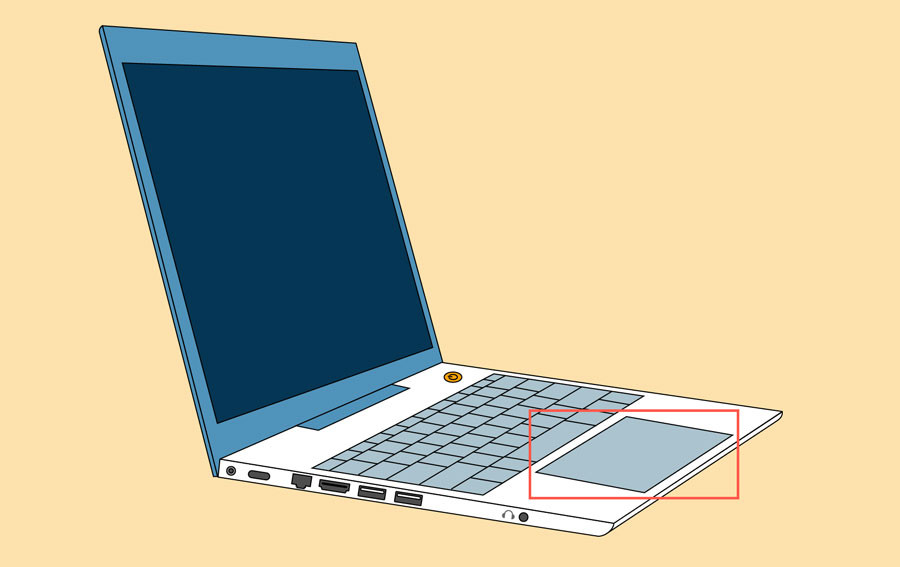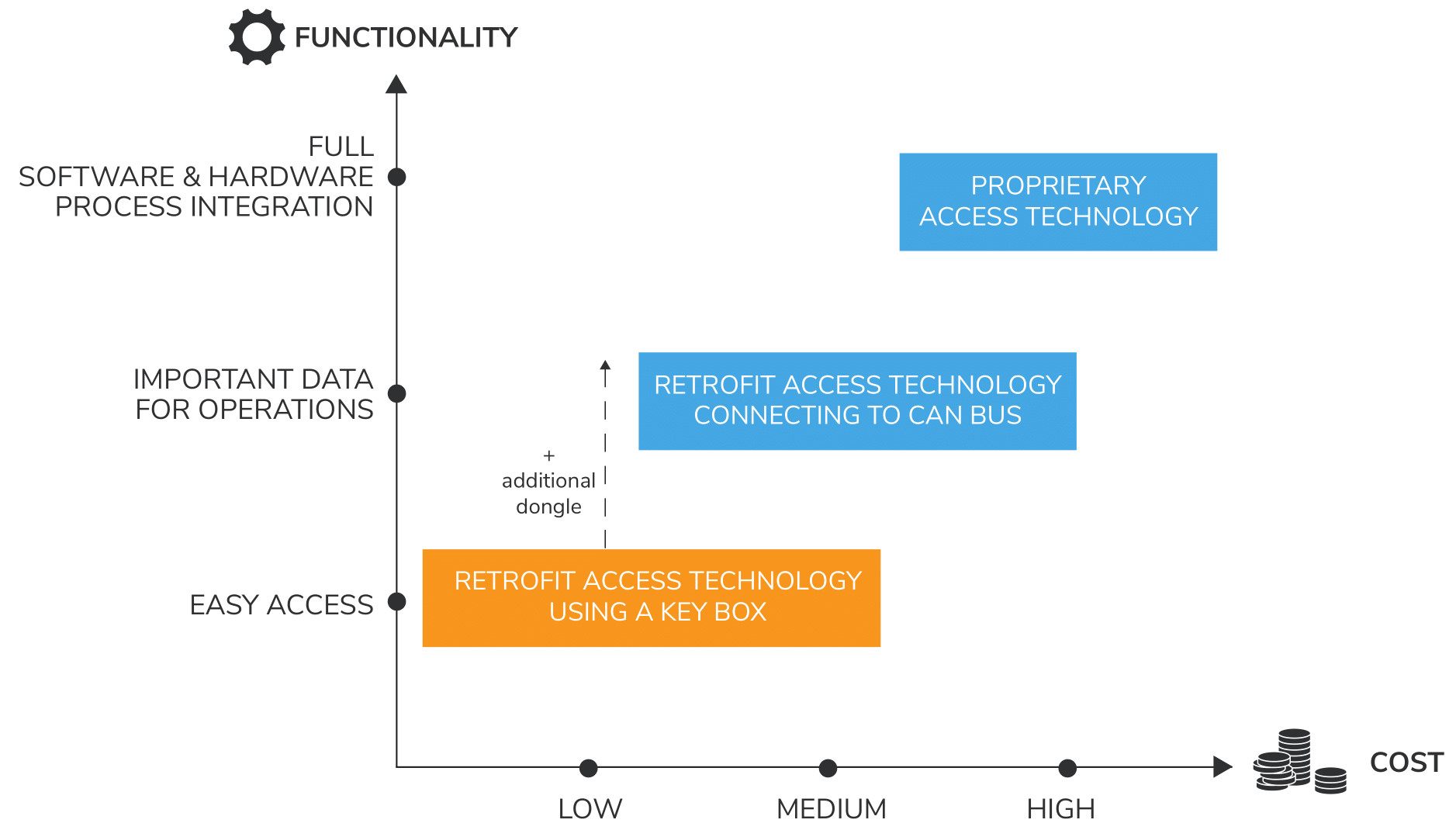What is a Vehicle Communication Interface (VCI)? Understanding Modern Automotive Diagnostics
Modern vehicles are complex systems interwoven with intricate electronics. Diagnosing and servicing these vehicles requires more than just mechanical know-how; it demands an understanding of their digital architecture. At the heart of this digital diagnostic process lies the Vehicle Communication Interface (VCI). But what exactly is a VCI, and why is it essential for today’s automotive technicians?
A Vehicle Communication Interface serves as a crucial bridge between a vehicle’s On-Board Diagnostic (OBD) system and an external diagnostic tool, such as a scan tool or a computer running diagnostic software. Think of it as a translator, converting the complex digital language spoken by your car’s Electronic Control Units (ECUs) into a language that diagnostic equipment can understand, and vice versa. This interface allows technicians to communicate with the vehicle’s various systems to read diagnostic trouble codes (DTCs), access live data, perform actuation tests, and even reprogram ECUs.
The Role of a Vehicle Communication Interface in Diagnostics
The VCI’s primary role is to enable seamless and reliable communication with a vehicle’s electronic systems. Here’s a closer look at its functions:
- Protocol Conversion: Modern vehicles utilize a variety of communication protocols like CAN, ISO9141, and J1850. A VCI is designed to handle these different protocols, ensuring compatibility across various makes and models. It intelligently translates the vehicle’s communication protocol into a standardized format that diagnostic tools can process.
- Data Transmission: The VCI facilitates the bi-directional flow of data. It transmits commands from the diagnostic tool to the vehicle’s ECUs, allowing technicians to request information or initiate actions. Simultaneously, it receives data from the vehicle, such as sensor readings, system status, and diagnostic codes, and relays it back to the diagnostic tool for analysis.
- Wireless Connectivity: Many modern VCIs, like the Autel MaxiSYS VCI100, incorporate wireless Bluetooth technology. This wireless capability offers technicians greater freedom and flexibility, allowing them to move around the vehicle during diagnostics without being tethered by cables. This is especially beneficial for tasks requiring visual inspections or component manipulation while monitoring live data.
- Enhanced Diagnostic Capabilities: By providing a stable and efficient communication pathway, VCIs unlock advanced diagnostic features. They enable access to deeper levels of vehicle systems, allowing for comprehensive diagnostics that go beyond basic code reading. This includes advanced functions like ECU programming, component coding, and access to manufacturer-specific diagnostic routines.
Key Features to Look for in a Vehicle Communication Interface
When selecting a VCI, consider these important features to ensure it meets your diagnostic needs:
- Protocol Support: Verify that the VCI supports a wide range of vehicle communication protocols to ensure compatibility with the vehicles you service. OBDII compliance is essential, and support for manufacturer-specific protocols is highly advantageous.
- Connectivity: Choose between wired (USB) or wireless (Bluetooth) connectivity based on your workflow preferences. Wireless VCIs offer greater mobility, while wired connections can provide potentially more stable data transfer in certain environments.
- Compatibility: Ensure the VCI is compatible with your diagnostic software or scan tool. VCIs are often designed to work seamlessly with specific brands of diagnostic equipment.
- Durability and Portability: For professional use, a robust and durable VCI is essential. Compact and portable designs, like the MaxiSYS VCI100, enhance convenience and ease of use in various workshop environments.
- Software Upgradability: The automotive industry is constantly evolving, with new vehicle models and technologies emerging regularly. Opt for a VCI with updatable software to ensure it remains compatible with the latest vehicles and diagnostic protocols.
The Autel MaxiSYS VCI100: A Compact and Powerful VCI
The Autel MaxiSYS VCI100 is a prime example of a modern, compact, and feature-rich Vehicle Communication Interface. Designed to work with Autel’s MaxiSYS series diagnostic tablets, including the MS906BT, MK906BT, MS906TS, MK908, MS908S Pro, MK908P, and Maxisys Elite, the VCI100 offers reliable Bluetooth wireless connectivity for efficient vehicle diagnostics.
Key Features and Benefits of the Autel MaxiSYS VCI100:
- Bluetooth Wireless Connectivity: Enables technicians to perform diagnostics from a distance of up to 75 feet from the vehicle, offering freedom of movement and improved workflow.
- Comprehensive Diagnostics Support: Facilitates comprehensive diagnosis and reading of control modules across a wide range of vehicle makes and models.
- Ultra-fast OBDII Communication: Ensures rapid and efficient data transfer, reducing diagnostic time.
- Software Updatable via the Internet: Keeps the VCI current with the latest software updates and vehicle coverage.
- Compact and Robust Design: Offers durability and portability for everyday use in demanding automotive environments.
Autel MaxiSYS VCI100 Specifications:
| Item | Description |
|---|---|
| Communications | BT V.2.1 + EDR USB 2.0 |
| Wireless Frequency | 2.4 GHz |
| Input Voltage Range | 12 VDC |
| Supply Current | 150 mA @ 12 VDC |
| Operating Temperature | 0°C to 50°C (ambient) |
| Storage Temperature | -20°C to 70°C (ambient) |
| Built-in Battery | 3.7V Lithium Battery |
| Light | White LED |
Functional Components:
- Lighting Push Button
- Power LED
- Vehicle LED
- Connection LED
- Vehicle Data Connector (16-Pin)
- USB Port
Conclusion
In conclusion, the Vehicle Communication Interface is an indispensable tool in modern automotive diagnostics. It acts as the vital link enabling communication between diagnostic tools and the sophisticated electronic systems within today’s vehicles. The Autel MaxiSYS VCI100, with its compact design, wireless capabilities, and comprehensive diagnostic support, exemplifies how VCIs empower technicians to efficiently and effectively diagnose and repair modern vehicles. Understanding the role and features of a VCI is crucial for any automotive professional seeking to stay ahead in the rapidly evolving landscape of vehicle technology.





